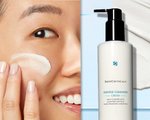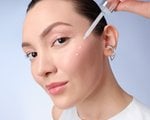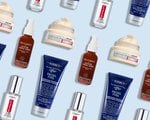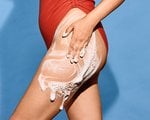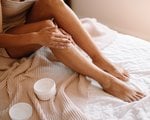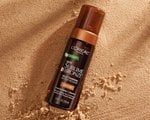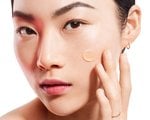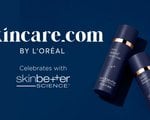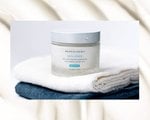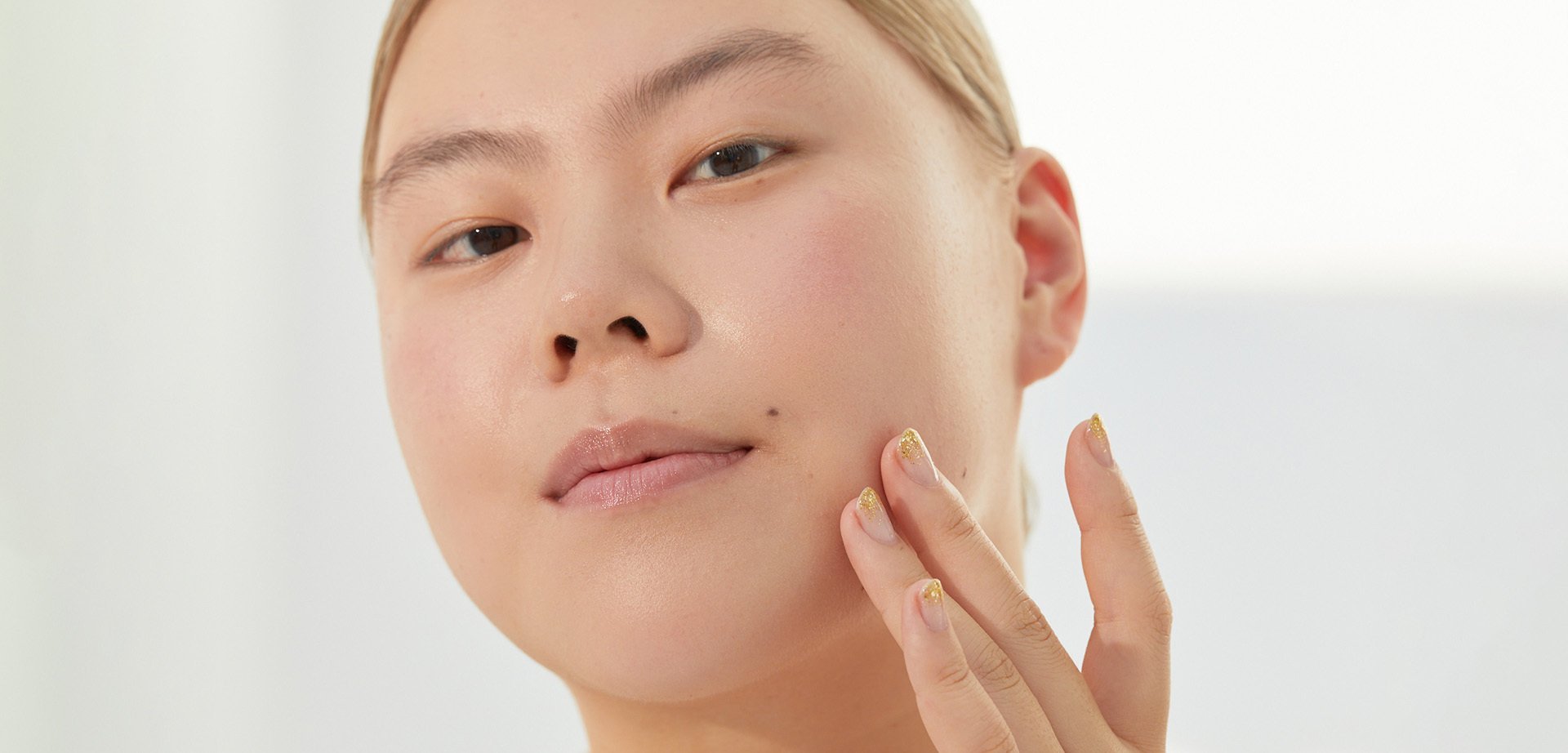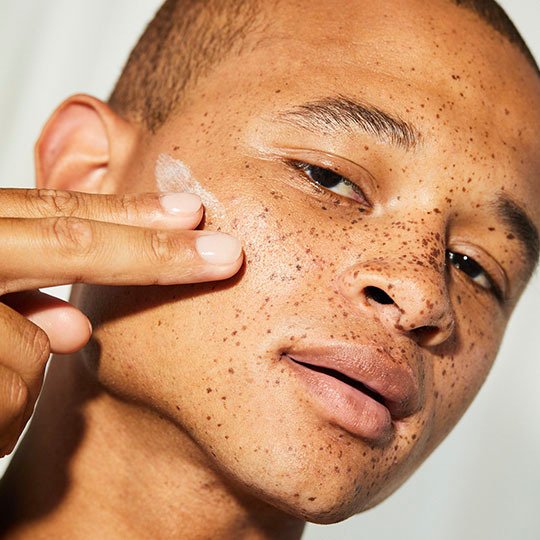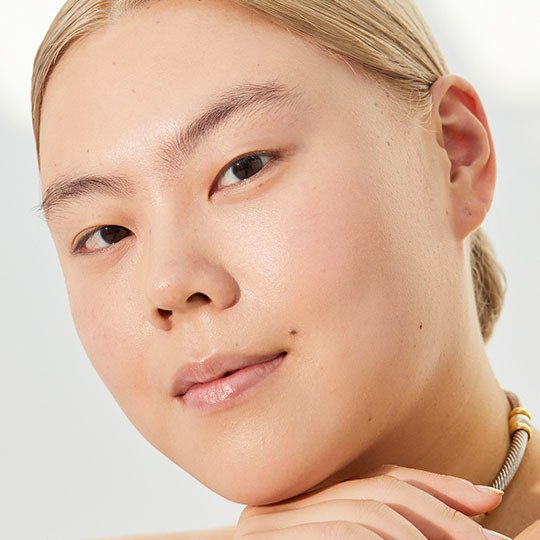Should You Pop a Pimple? Here’s What You Need To Know for Your Next Breakout
July 12, 2024
How Long Does It Take for a Popped Pimple to Heal?
“A popped pimple is basically an open wound that needs to heal,” explains dermatology PA Jennifer Weiss of Marmur Medical. And, like a scab, the more you poke at it, the longer it’ll take. On average, Weiss says, it takes about two weeks for a popped pimple to heal (the associated acne scars and marks, however, can persist for much longer). Compare that to an unpopped pimple, which will typically resolve itself within three to seven days, and it’s clear why it’s best to leave your breakouts untouched. Be warned, however, that some deep pimples will still take weeks to heal, even if you don’t pop them.
How To Treat a Popped Pimple in 7 Easy Steps
If you do end up picking at your skin (no judgment!), don’t panic. First, wash your hands—then read on to learn how to soothe popped pimples and the skin around it.
1. Cleanse your skin
Popping a pimple can break the skin around it, which leaves the area open to bacteria. So immediately after popping a spot, you’ll want to cleanse your skin to wash away dirt, bacteria, and other potentially harmful debris. We recommend using a gentle cleanser that won’t irritate your skin further, such as the CeraVe Hydrating Facial Cleanser. It contains hyaluronic acid and ceramides and is uniquely formulated to help support your skin’s natural moisture barrier. It’s also a great idea to use a cleanser every morning and night (whether you have acne or not) to remove surface debris, dirt, and makeup before it can clog your pores.
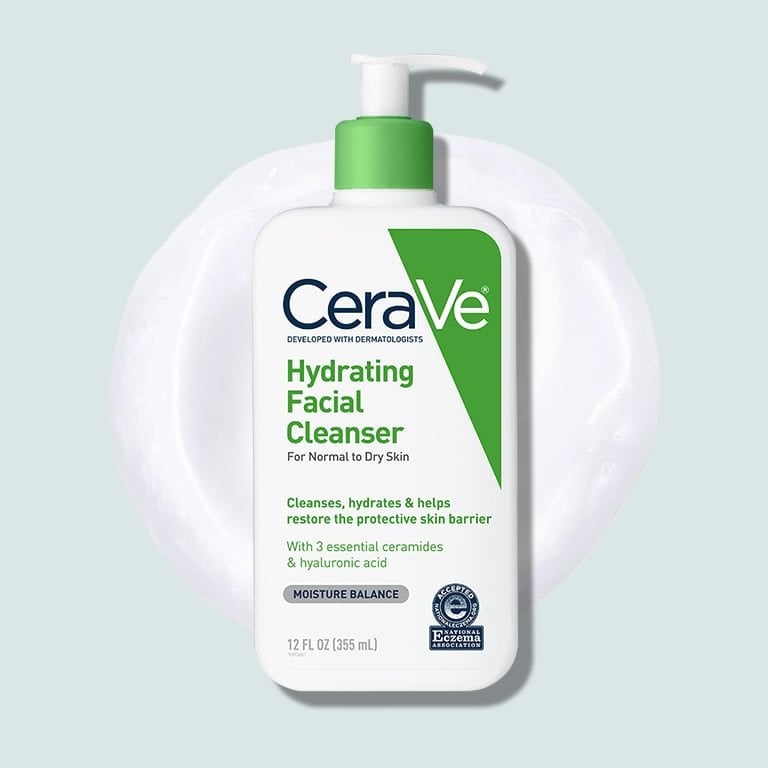
2. Ice the area
To help calm swelling, Weiss suggests applying ice to the breakout. Ice can also be useful if you’re dealing with a painful breakout, according to the AAD. Keep in mind that you don’t want to put the ice directly on your bare skin—instead, wrap an ice cube (or ice pack) in cloth and hold it onto the popped pimple for about 10 to 20 minutes.
3. Smooth on a gentle moisturizer
Even if you have oily, acne-prone skin, you should still use a hydrating moisturizer daily. This is especially important if you often apply spot treatments and acne-fighting cleansers, which tend to dry out the skin. If your skin doesn’t receive enough moisture, it can actually start overcompensating by secreting more oil (which may lead to more breakouts).
To ensure that you replenish any lost moisture, stock up on a moisturizer or cream that works with your skin type. If you’re looking for a non-comedogenic moisturizer, we love the Kiehl's Ultra Facial Oil-Free Refillable Moisturizer. It provides 24 hours of hydration and helps reduce shine to promote fresh, balanced-feeling skin. Plus, it has a subtle cooling effect—which could feel soothing after picking at your skin.
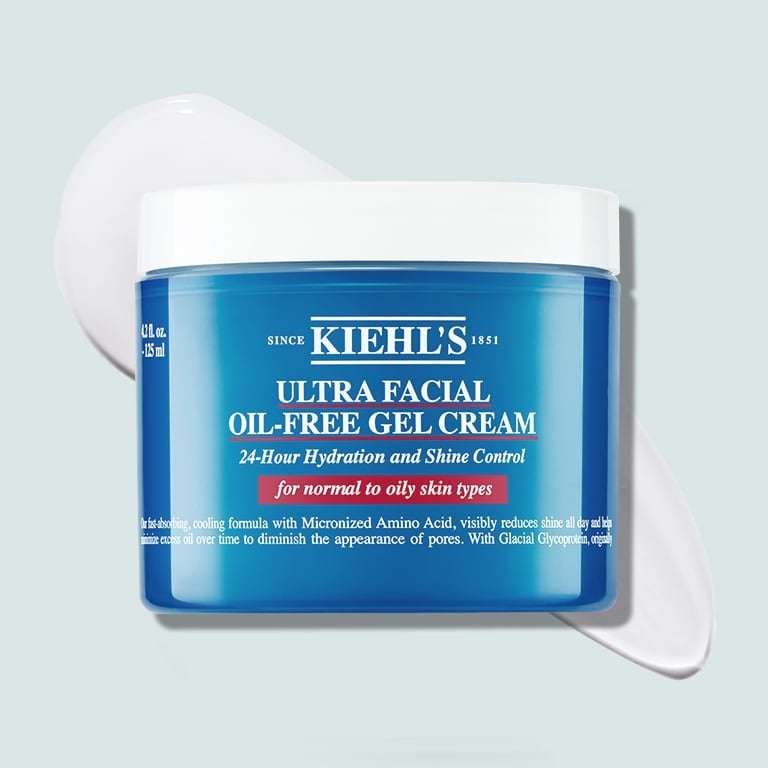
4. Skip acne treatments
Knowing what to put on a popped pimple is important, but so is knowing what to avoid.
It might seem counterintuitive, but drying acids and spot treatments will not help heal a popped pimple—instead, they may cause further irritation. “To promote healing, it’s best to only use gentle products on the skin, excluding anything exfoliating that contains acids,” says Weiss. Skip these formulas in favor of gentle, soothing products…or nothing at all (more on that ahead).
5. Leave it alone
Generally speaking, a less-is-more approach is best when you’re looking to heal a popped pimple fast. Keep your hands away from your face and allow your skin to heal on its own. It can certainly be tempting to continue picking at the blemish, but doing so may worsen irritation or introduce bacteria into the mix—neither of which will do your skin any favors in the long run. If you need a reminder to not touch your face, temporarily wrap bandages (Band-Aids) around your fingertips or wear a bright-colored nail polish to distract you as your hands approach your face. You could also put a pimple patch on the spot to help protect it as it heals.
6. Pause on applying makeup
As much as you may be itching to quickly cover up the offending area with concealer and foundation right away, it’s best to keep the area clean and hydrated (and free of makeup). When the spot is healed up, we recommend using a lightweight, medium-coverage concealer to help camouflage any lingering redness or discoloration. We love the IT Cosmetics Bye Bye Dark Spots Concealer + Serum since it’s creamy, buildable, and feels hydrating on the skin. Be sure to thoroughly cleanse any makeup brushes or sponges before applying your makeup to minimize the risk of transferring bacteria onto your skin.
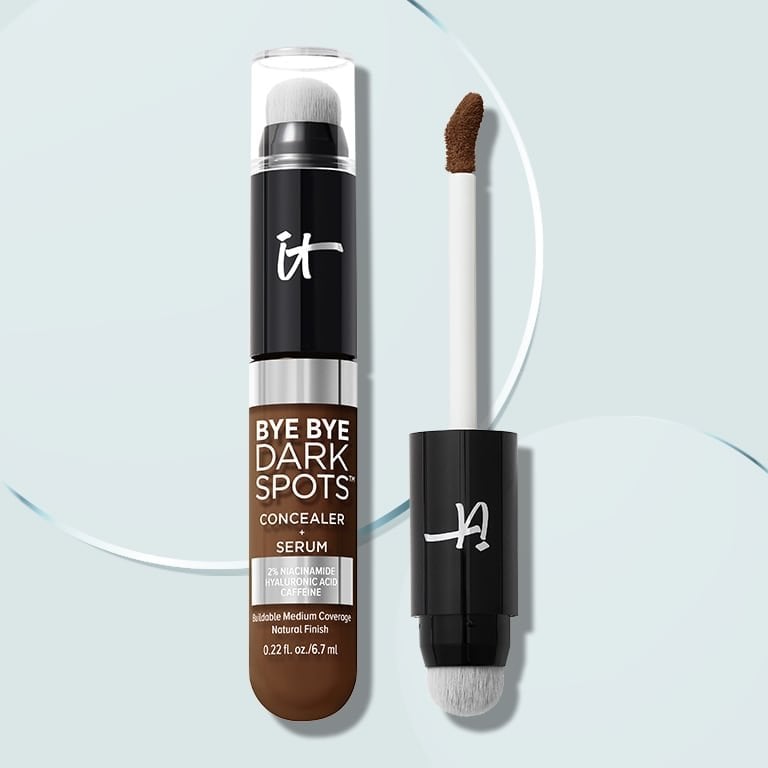
7. Don’t skimp on sunscreen
“Lastly, make sure to continue sunscreen use to minimize the risk of any hyperpigmentation or scarring,” says Weiss. The United States Food and Drug Administration (FDA) recommends opting for a broad-spectrum formula with an SPF of at least 15 for sufficient protection. We especially like the SkinCeuticals Daily Brightening UV Defense Sunscreen SPF 30 as it helps brighten and even out the skin. Remember to reapply your sunscreen every two hours (or after sweating or swimming) and to seek shade whenever possible.
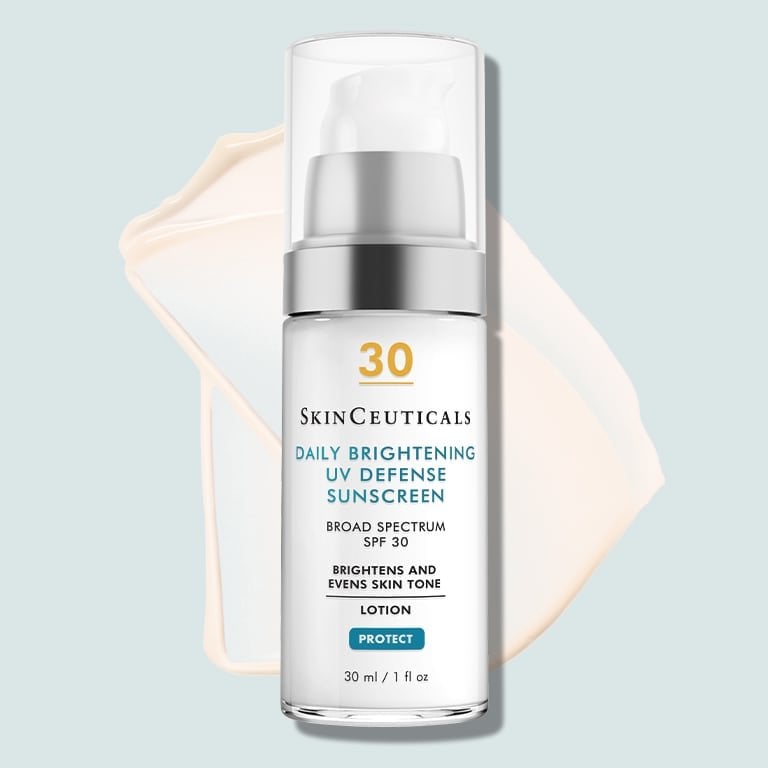
How To Reduce Redness and Scarring After Popping a Pimple
It’s common to still see a red or purple spot or a small scar after you’ve popped a pimple (amongst experts, this lingering discoloration is known as post-inflammatory hyperpigmentation). If redness is your primary concern, we suggest adding the SkinCeuticals Phyto Corrective Gel to your routine once the blemish heals. This soothing gel serum contains a blend of powerful botanical extracts and helps visibly reduce redness to promote a clearer, more even complexion. For dark spots, consider an at-home peel, such as the L’Oréal Paris Bright Reveal Dark Spot Exfoliant Peel. It’s made with a blend of alpha-, beta-, and polyhydroxy acids and provides gentle exfoliation to help improve the appearance of skin texture and tone. Keep in mind that this powerful formula isn’t for daily use—start by applying it once per week (at night), and gradually increase the frequency to three or four times per week, depending on how your skin responds. And remember to be diligent about your sunscreen use, particularly after using products containing alpha-hydroxy acids, as these can (temporarily) make your skin more sensitive to the sun’s damaging rays.
Some people also like red light treatments (which you can do at home or at the dermatologist’s office). According to the Cleveland Clinic, red light therapy may help improve the appearance of an array of skin concerns, from fine lines and wrinkles to uneven skin texture and tone. Keep in mind that this is a newer treatment, and there isn’t a ton of research yet to show how effective it is. If you want to experiment with red light therapy, we suggest consulting your dermatologist first.
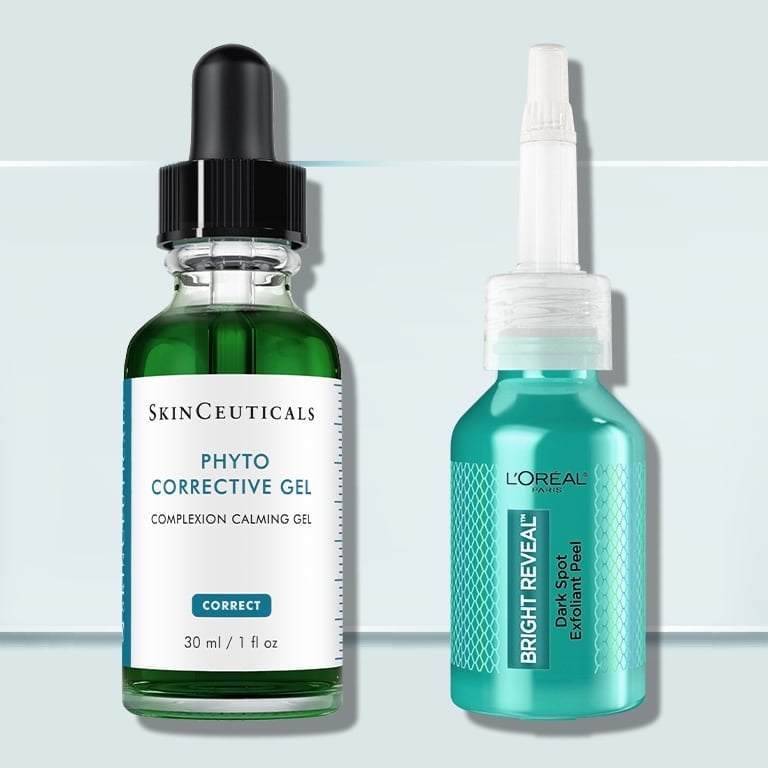
How to Treat a Pimple—Without Popping It
Now that we’ve established how to treat a popped pimple, let’s dig into the ways to avoid this scenario altogether. Instead of manipulating your acne, zits, whiteheads, and the like, try this game plan to help shrink breakouts safely.
1. Thoroughly cleanse your skin
As mentioned earlier, washing your face morning and night is a good idea regardless of your skin type. With that said, opting for a cleanser formulated for acne-prone skin may help to keep blemishes at bay (and reduce their appearance if and when they do crop up). We’re fans of the CeraVe Acne Control Cleanser, which contains absorbent clay, 2% salicylic acid, and niacinamide. The gel cleanser provides gentle exfoliation and helps reduce clogged pores while both preventing and reducing the appearance of breakouts. Plus, it’s non-drying—so you won’t have to worry about stripping your skin to keep your blemishes in check.
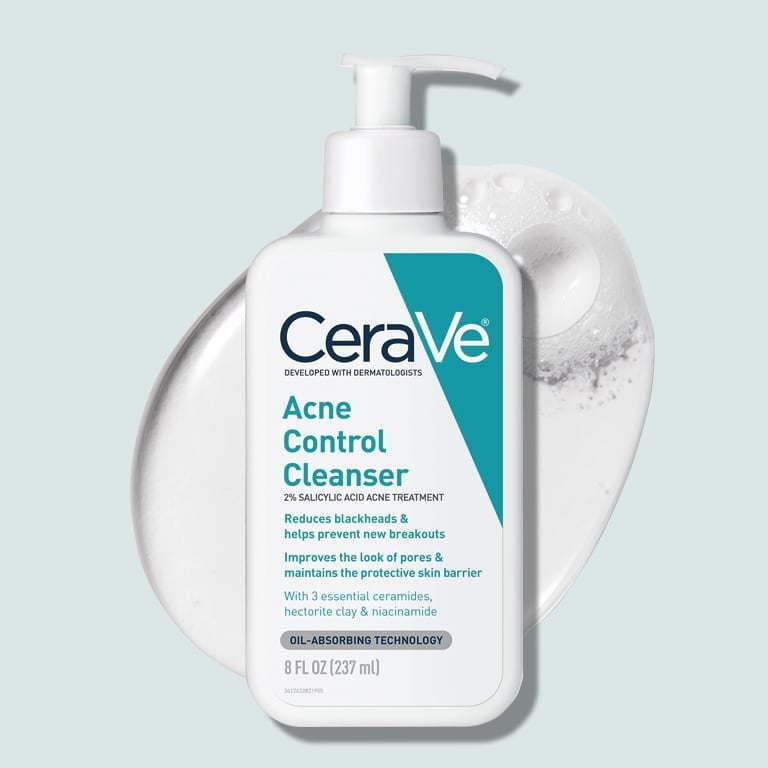
2. Apply a spot treatment & pimple patch
Next, target the pimple with an acne spot treatment: These powerful formulas are designed specifically to help minimize the appearance of blemishes. Dr. Robert Finney, a board-certified cosmetic dermatologist at Entière Dermatology in New York City, recommends opting for one with “benzoyl peroxide, sulfur, [or] alpha- or beta-hydroxy acids.” The Vichy Normaderm S.O.S Acne Rescue Spot Corrector is one of our top picks. It contains both sulfur and glycolic acid and helps dry up acne blemishes to allow the skin to heal. You can apply it daily to freshly cleansed skin before applying a non-comedogenic moisturizer.
Next, cover the breakout with a pimple patch to help hydrate the area and protect it from grime and dirt. “Hydrocolloid pimple patches will help keep the affected area clean and keep you from re-popping or picking at the wound,” notes Weiss. (Plus, some, like the Grace & Stella Hydrocolloid Pimple Patches, come in cute shapes and patterns). If you’d rather protect the blemish sans an obvious decal, reach for the Kiehl’s Truly Targeted Acne-Clearing Pimple Patch with Salicylic Acid. This clear serum acts like a liquid pimple patch, forming a breathable seal over the spot while protecting it against external aggressors. It also helps improve the appearance of redness, minimizes post-acne marks, and helps shrink pimples within 24 hours—and, unlike traditional pimple patches, it can be worn under skincare and makeup.
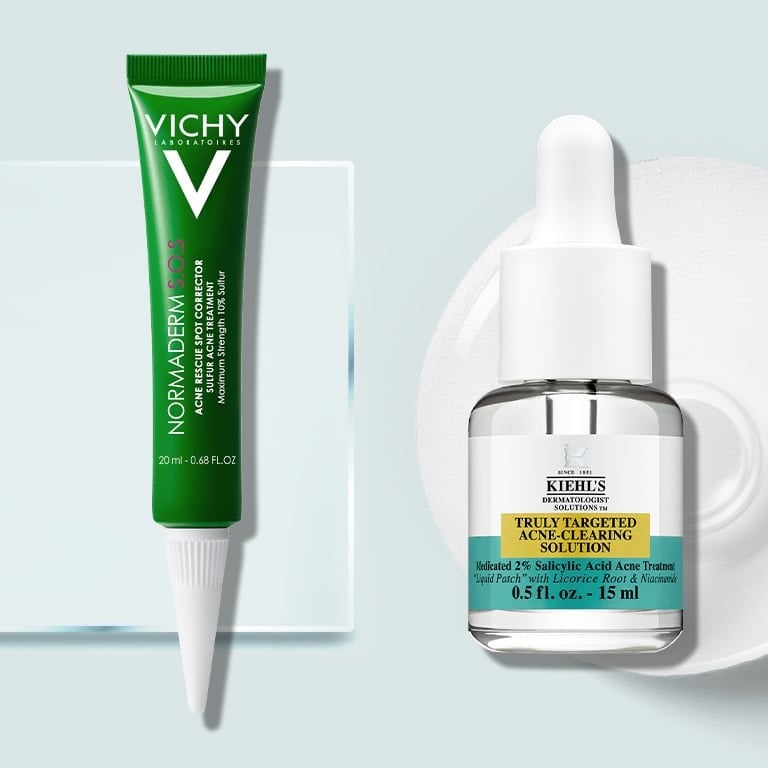
3. Practice good hygiene
Change your pillowcase every few days, wash your makeup brushes weekly, and disinfect your phone screen regularly. These small habits can make a big difference when it comes to minimizing (and preventing) acne. Finally, remember to visit your derm if you’re not seeing an improvement in your breakouts: A board-certified dermatologist can help develop a skincare routine tailored to your skin’s unique needs.
Next Up: Should You Cover a Popped Pimple With Makeup? We Asked a Dermatologist
Read more
EXPLORE BY TOPICS AND BRANDS
- skin-concerns
- Acne
- video-embed
- Embedded Video
- CeraVe
- SkinCeuticals
- Vichy
